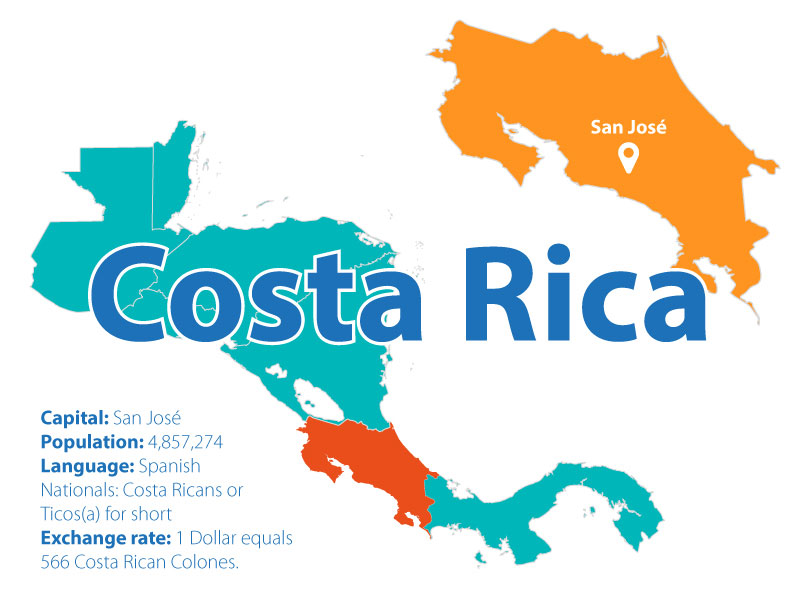Xeabaj I, Sta. Cta. Ixtahuacán
Community located in Santa Catarina Ixtahuacán where homestays are used. The three programs are offered. Climate oscillates between 14 ° C and 21 ° C, reaching at 7 ° C at night. Coordinator: Mariana Tuy
Santa María, Aldea El Tablón, Sololá
Community in Sololà. We work with the three programs. It is 45 minutes or 1 hour from Panajachel and we use the community room that is in front of cornfields to work. Coordinator: Tomàs Bocel
San Miguel Milpas Altas
Community in Sacatepequez, the three programs are used. Located in front of a church and is 1 hour from Antigua Guatemala. The Community Room is used. Volunteers stay at Posada Los Búcaros. Coordinator: Erick Canel
San José El Yalú, Sacatepequez
Community in Sacatepequez is 1 hour from Antigua Guatemala. We use the school of the community to work with the three programs. Coordinator: Hermenegildo Raxon.
San isidro, Sololá
Community in Sololá where the program of Veterinary Medicine is used. Coordinator: Jesús Noj
San Felipe, San José Chacayá, Sololá
Community in Solola that is used for the three programs. Volunteers stay at Hotel Kakchiquel. Coordinator is Jesus Noj
Pijije, La Cruz
Pijije in the region of Guanacaste is a place located in Costa Rica - some 96 mi (or 155 km) North-West of San José, the country's capital. pijije de bagaces, This small town has a school, a soccer field, a bullring and a Catholic church.
Paraxaj Chimaltenango
Paraxaj in the region of Chimaltenango is located in Guatemala - some 21 mi (or 34 km) North-West of New Guatemala, the country's capital city. The night temperature is 14°C / 57 °F
Grano de Oro, Turrialba
Turrialba is a small city in Cartago Province of Costa Rica with an estimated population of 35,618. The main industries are textiles, agriculture and tourism.
El Tunino, Chimaltenango
Community in Chimaltenango that is visited with dental and medicine programs and sometimes with the Veterinary program. We work in the School of the community. Coordinator: Matías Patzan.
El Cuntic, Chimaltenango
Community where the 3 programs are used. Volunteers stay at Homestays in Parramos. Coordinator: José Marroquín.
Coquital
It has a basically agricultural economy, based on the sowing of basic grains, vegetables and fattening cattle. Normally, this area has a pronounced dry season. Los Chiles has a tropical savanna climate.
Chiquisis, Sta. Cta. Ixtahuacán
Community located 1hour from Santa Catarina Ixtahuacán. The programs of General Medicine and Veterinary Medicine are used in this community and has two different rooms for clinics.
Chaquijya, Sololá
Community located in Sololá. It is a very dry place, the community suffers a lack of water. We work with all the programs. Coordinator Jesus Noj
Caserío Chipotón, Chimaltenango
Community located in the municipality of Chimaltenango. The three programs are used. Coordinator: Matías Patzán.
Barrio Corazón de Jesús, Liberia
Has approximately a population of 5650 people. Its typography exposes it to floods, fires and landslides. Houses are in poor condition because there is no economic help from the country to rebuild them.
Barrio 25 de Julio, Liberia
It is a neighborhood with a lot of insecurity. This area typically has a pronounced dry season.
Aldea San Rafael El Arado, Sacatepequez
Community in Sacatepéquez. It has a length of 8.6 km and connects with the Interamerican Highway CA-1 between its km 43 and 44. The town has a school. We work with Dental and Medicine program. Coordinator: Hermenegildo Raxón.

